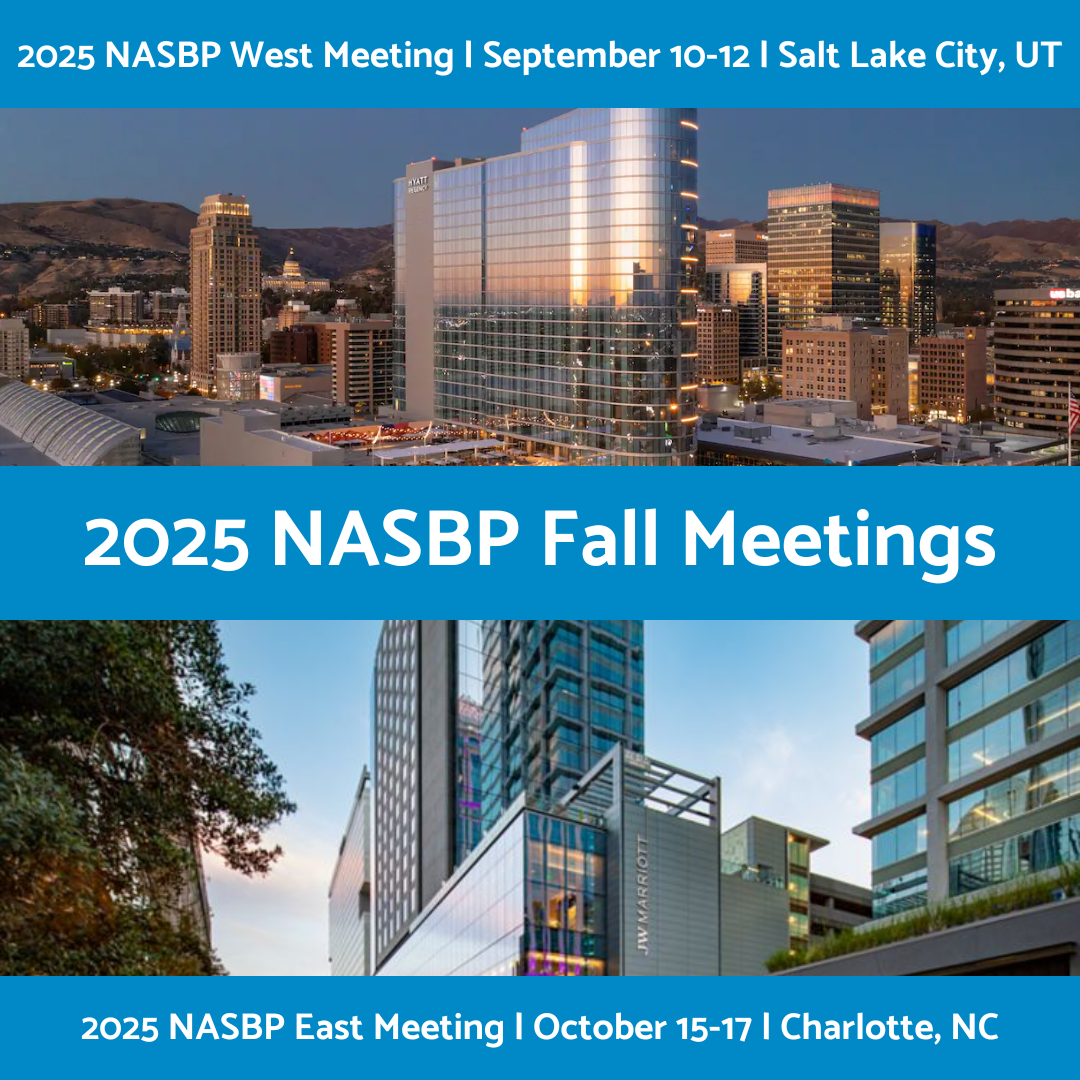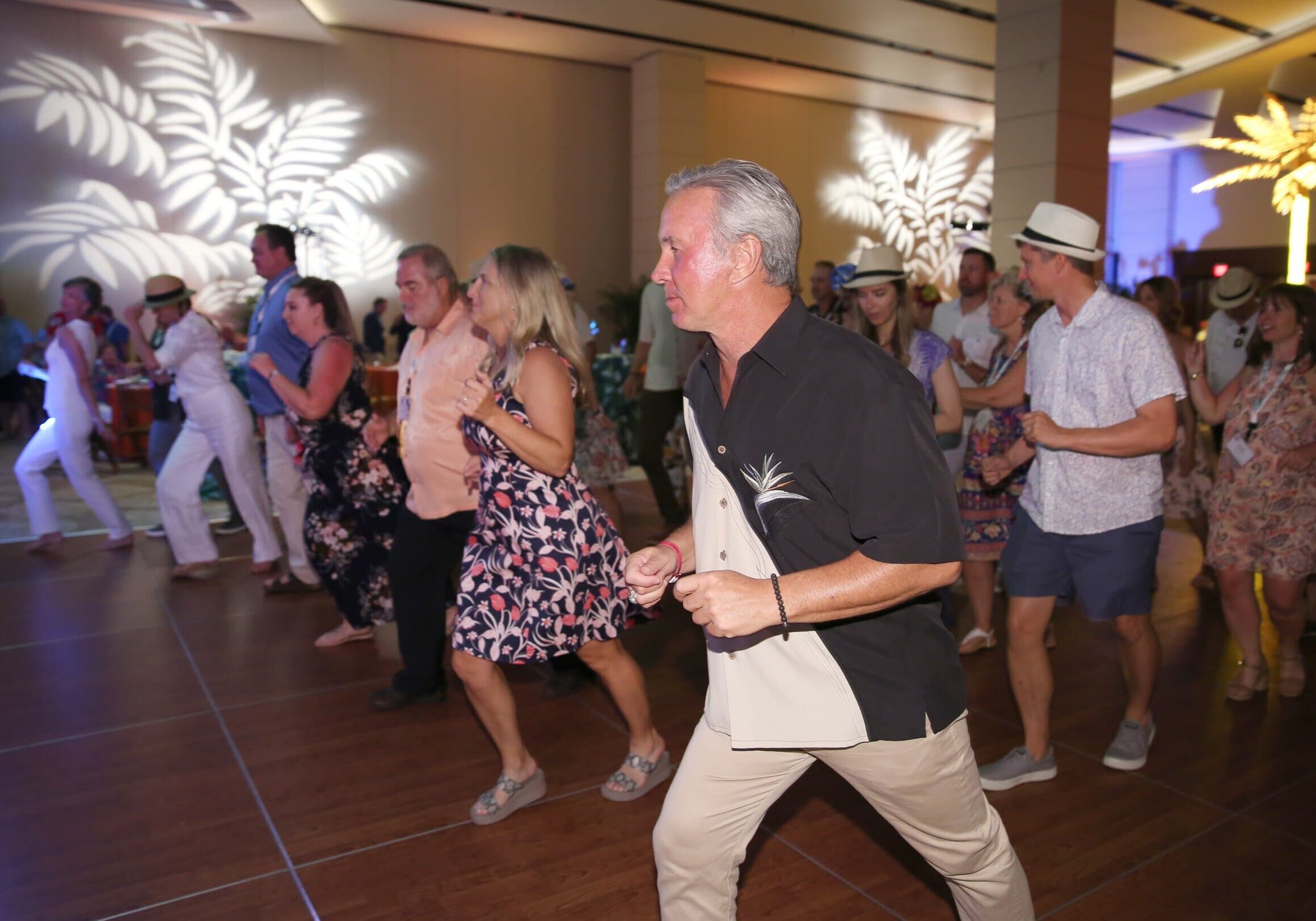
U.S. Court of Federal Claims: Army Corps Improperly Rejected Contractor’s Bids
An always interesting case topic is presented when a bid is initially rejected as nonresponsive, especially when the rejection involves a bid bond. In Togiak Management Services, LLC v. The United States, 2023 U.S. Claims LEXIS 3200 (Fed. Cl. Dec. 18, 2023), the U.S. Army Corps of Engineers (ACE) rejected Togiak Management Services’ (Togiak) bids for two projects as non-responsive, based on the contractor having submitted bid bonds with photocopied signatures rather than bid bonds with original, “wet” signatures. The Court of Federal Claims (COFC) found that the ACE’s decision to reject Togiak’s bids lacked a rational basis and granted Togiak’s motion for judgment on the administrative record. The court’s analysis is lucid, thoughtful, and worthy of your attention. Following is a summary of this useful case, which discusses Class Deviation 2020-O0016 (authorizing the use of electronic signatures and dates); analyzes Government Accountability Office (GAO) cases on the responsiveness of bid bonds, and opines on whether copies of bid bonds are prima facie (on their face) invalid.
Background
On August 8, 2023, the ACE issued two solicitations for construction of bulkhead recesses for dams in Wisconsin and Minnesota under FAR’s sealed bidding process and required each bidder to submit with its bid a bid bond. The solicitations stated that “facsimile of bids or modifications thereto” would not be accepted. The solicitations incorporated the FAR section on bid guarantees, which provides, in part, that “[f]ailure to furnish a bid guarantee in the proper form and amount, by the time set for opening of bids, may be cause for rejection of the bid.” The solicitations further required bidders to submit “sealed, hand-carried, courier-delivered or mailed, bid envelope[s] containing the bid package.”
Notably, on August 30, 2020, prior to the solicitations, the Department of Defense, Office of the Under Secretary of Defense (DOD), issued Class Deviation 2020-O0016 in response to the 2019 COVID-19 pandemic—and at the urging of the NASBP. (See inset to this article concerning NASBP’s successful efforts in urging the DOD’s issuance of Class Deviation—Original Documents, Signatures, Seals, and Notarization (Class Deviation).)
The memorandum accompanying the Class Deviation states, in part, as follows:
[W]hen obtaining financial protection against losses under contracts per FAR Part 28 . . . [e]lectronic signatures and electronic, mechanically-applied, or printed dates may be used and shall be considered original signatures and dates, without regard to the order in which they are affixed for all of Part 28, not just 28.101-3.
FAR Part 28 sets forth the requirements for the United States to obtain financial protection through bid guarantees, bonds, alternative payment protections, security for bonds, and insurance. In addition, the attachments referenced in the memorandum contain the authorized deviations to FAR Part 28. Attachment 1 incorporates a policy statement for FAR Part 28: “For purposes of this part, electronic signatures and electronic, mechanically-applied, or printed dates may be use and shall be considered original signatures and dates, without regard to the order in which they were affixed.”
Togiak submitted sealed bids in a timely manner, and its surety applied a wet signature to the bid bonds and electronically scanned them. Each bid bond had a signed, sealed, and notarized power of attorney. The surety sent the scanned bid bonds by electronic mail to Togiak. Togiak printed the bonds and signed them with a wet signature, scanned the bid bonds, and sent them by email to Togiak’s division manager. The manager scanned the bonds and added them to each submission package. Each package included a Standard Form 1442 with a wet signature by Togiak and copy of the signed bid bond.
In September the ACE informed Togiak by letter that its bids were rejected because the bid bonds were copies and did not contain an original, wet signature. The ACE stated that “an inadequate bid guarantee is nonresponsive and cannot form the basis of a contract award.”
Togiak filed the instant protest in October 2023, raising two challenges to the ACE’s rejection of its bids. First, Togiak argued that the ACE committed reversible error when it ignored the Class Deviation, “which permits copies of bid bonds without wet (original) signatures.” And, second, Togiak alleged that the ACE erred by treating the authenticity and enforceability of the bond as a matter of responsiveness, rather than responsibility.
COFC’s Analysis
As explained below, the COFC found that the Class Deviation does require that a photocopy of a bid bond be treated as an original. [There is much more to this finding, so please read on.] In addition, the COFC found that, while the FAR does not require the ACE to treat the authenticity and enforceability of a bid bond as a matter of responsibility, the ACE did not have a rational basis for rejecting Togiak’s bids as nonresponsive because the GAO precedent relied on to reject the bids did not provide a rational basis.
The COFC rejected Togiak’s assertion that the Class Deviation permitted it to send copies or facsimiles of documents. It found that the Class Deviation allowed only for electronic signatures to be treated as original and does not allow for a photocopy of a bid bond. Thus, opined the COFC, Togiak’s argument that the Class Deviation “permits copies of bid bonds without wet signatures” fails. None of the signatures on Togiak’s bid bonds were electronic signatures; instead, each was a hard copy of an electronically transmitted wet signature. A hard copy of an electronically submitted wet signature—a paper submission—is not an electronic signature, which is required for electronic submissions.
The COFC found that, although the FAR provides that questions regarding the authenticity and enforceability of the power of attorney are treated as matters of responsibility, the FAR does not require the contracting officer to conduct a responsibility determination if there are questions regarding the bid bond. The COFC observed that FAR 28.101-3 creates a carve-out for responsibility determinations concerning the power of attorney but that it does not apply to bid bonds. The COFC rejected Togiak’s argument, opining that it would improperly expand the scope of the FAR.
The COFC, however, determined that the ACE did not have a rational basis to reject Togiak’s bids because the GAO precedent relied upon does not provide a rational basis for rejecting Togiak’s photocopied bid bonds. The COFC noted that in its rejection letter the ACE relied solely on the GAO decision in TJ’s Marine Construction LLC, B-402227, 2010 CPD ¶ 19 (Comp. Gen. Jan. 7, 2010), for the principle that a photocopied bid bond is defective per se. This principle, noted the COFC, originated from an earlier GAO decision, Imperial Maintenance, Inc., B-224257, 87-1 CPD ¶ 34 (Comp. Gen. Jan. 8, 1987), regarding a photocopied bid guarantee that was incorrectly addressed to the bidder rather than the third-party beneficiary, among other flaws. The COFC found that additional cases cited in Imperial Maintenance did not support the proposition that a bid bond is defective solely because it is photocopied. In one case cited, the decision to reject the bond as nonresponsive was predicated on that fact the bid bond had been materially altered, not that the bid bond had been photocopied.
The COFC observed that, in decisions since Imperial Maintenance, the GAO has established a principle that any photocopied bid bond renders the bid nonresponsive. The GAO has thus denied the protests of bidders that submitted photocopied or facsimile bid bonds, even where the bid bonds had no flaws, like those in Imperial Maintenance. The COFC stated that the “GAO’s decisions have thus simplified its analysis into a single principle that all photocopies of bid bonds are nonresponsive, ignoring whether the bid bond contains alterations or other defects that affect enforceability.”
The GAO’s decision in TJ’s Marine Construction and the prior GAO cases cited therein do not support the principle that any photocopied bid bond is nonresponsive. In TJ’s Marine Construction the determinative question was not whether the surety’s signature was an original or a copy but whether the bid bonds were enforceable. Thus, determined the COFC, the GAO’s decision was irrational and its reliance upon it to reject Tobiak’s bids was irrational, too.
Lessons Learned
This decision is a deeply nuanced analysis of whether copies of bid bonds are per se invalid. Neither the GAO nor other judges of the COFC are necessarily bound by the decision in Togiak Management Services, so they may not follow the dictates of this decision. But please note that this decision provides, among other things, a cogent analysis of Class Deviation 2020-O0016 (and when it is applicable); whether a photocopied bid bond is per se nonresponsive; and the impact of the GAO’s reliance on its own precedents for a rational basis for its bid decisions.
Note: This Opinion in this matter was originally filed under seal on December 7, 2023, under a Protective Order. The parties had no proposed redactions, and it was reissued for publication on December 18, 2023.
Did You Know?
At the urging of NASBP during the height of the COVID pandemic, the Department of Defense (DOD) issued a class deviation from the Federal Acquisition Regulation to provide flexibility to DOD contracting officers, so they can accept use of electronic signatures and electronic, mechanically applied, or printed dates when accepting required surety bonds for the government’s financial protection. Electronic signatures and dates are considered original signatures and dates under the order, which also eliminates the requirement for corporate seals on government standard form bonds. The DOD order was issued on April 30, 2020, and remains in effect until rescinded. The order can be accessed at USA000941-20-DPC.pdf (osd.mil).

The author of this article is Martha Perkins, General Counsel at NASBP. She can be reached at mperkins@nasbp.org or 240.200.1270.
This article is provided to NASBP members, affiliates, and associates solely for educational and informational purposes. It is not to be considered the rendering of legal advice in specific cases or to create a lawyer-client relationship. Readers are responsible for obtaining legal advice from their own counsels and should not act upon any information contained in this article without such advice.
Get Important Surety Industry News & Info
Keep up with the latest industry news and NASBP programs, events, and activities by subscribing to NASBP Smartbrief.




